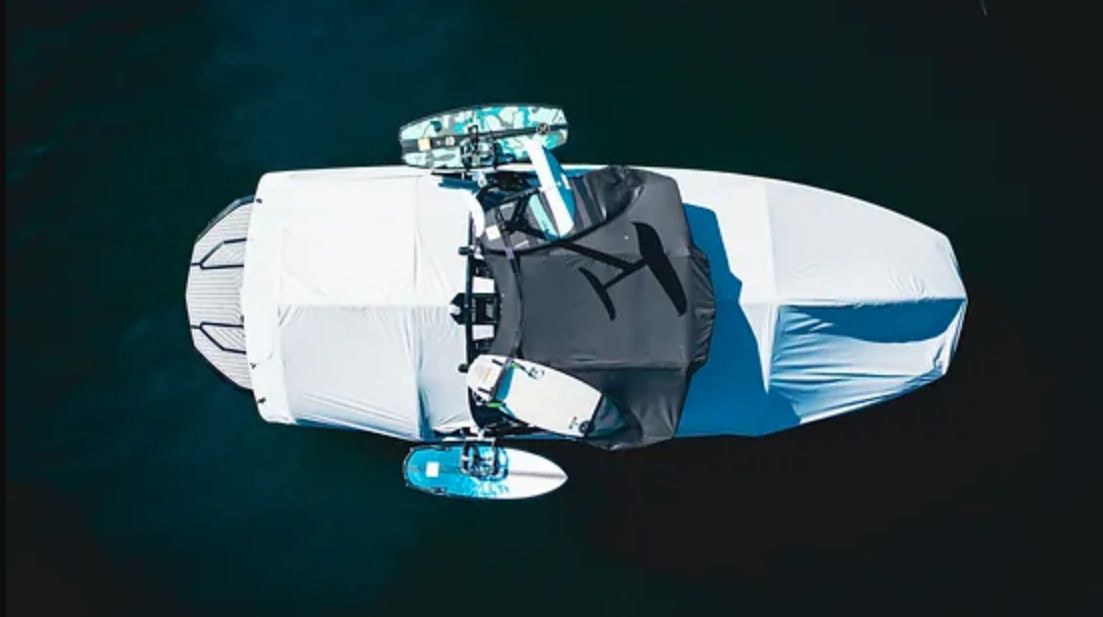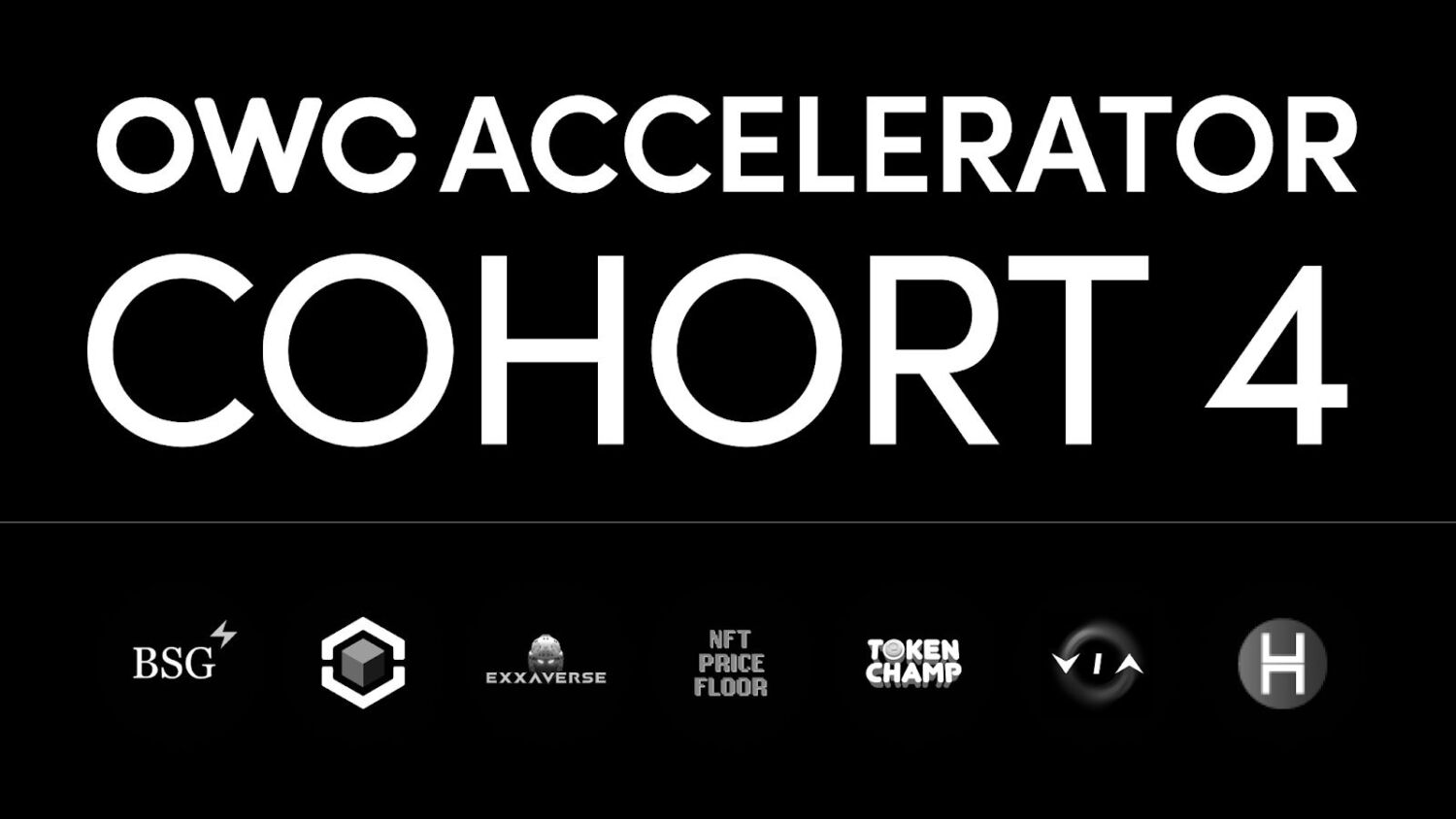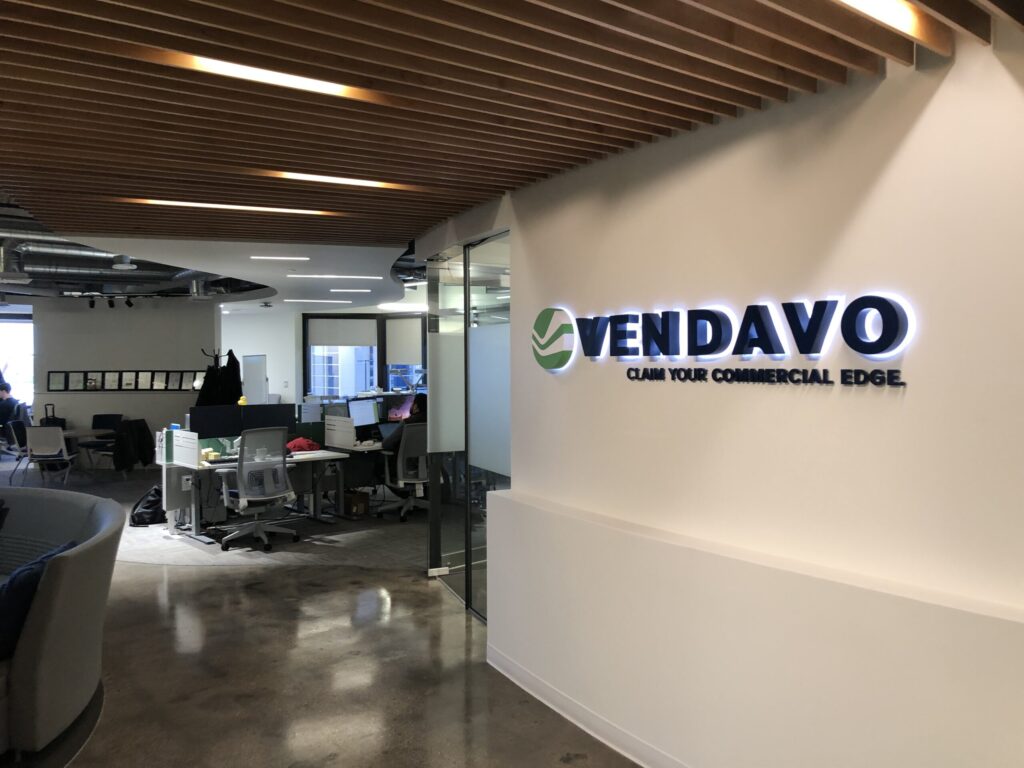There are countless founder stories out there from CEOs proclaiming their achievements as something that their unique genius allowed them to achieve. In reality, most startups are born out of incredibly hard work and graft in a particular industry, where the idea is just one aspect of the vast business development process. The latter fits my story, where I have harnessed my skills across various industries and utilized them to create my product—the Komodo cover.
I have worked across so many sectors to eventually find my niche. I left school at 16 to enroll in a culinary arts program, before working in restaurants while being enrolled in the program for two years. For the next six years, I traveled and competed in ski competitions while working as a line cook and part-time at a ski shop. I then dropped everything and moved to the French Alps, before working at a Subaru GMC dealership back in the US and finally settling at a full-time position at the aforementioned ski shop.
I learned so many applicable attributes that I now use daily as a CEO. From the competitive drive as a competitive skier, to the sales tactics in the Subaru dealership—every step had its own benefits. However, it was at the ski shop where things really took off. I began by completing the digitalization of the rental and sales process, including the creation from scratch of an eCommerce store and a spin-off for boot fitting. After leaving the ski shop, I was given the chance to assist in the opening of the marine department of a sizable Powersports store. From there, Komodo was finally created. I learned a lot during my two years at the marine dealership, and I still use the contacts I established there every day at Komodo.
This rollercoaster ride has taken me to being the CEO of Komodo, having designed the product and developed it off my own back. We are now at the cutting edge of boat cover innovation and technology, providing a unique service to our loyal customers. So how did I get to this point?
Crafting Our Covers
Since I can remember, my family has been lucky enough to have always owned a boat, and it has always been challenging to tie up, maintain, and keep it clean. This was the inspiration for the idea behind the Komodo Cover. The idea is straightforward: by maintaining low humidity under the boat cover, corrosion and mold growth are prevented. Fortunately, it has expanded to include more than that with the aid of modern technology.
We collaborated with a company that claimed to have 40 years of experience in boat cover manufacturing and design for our prototype cover, using a friend’s boat as our test mule. They took it from a CAD design of the cover that we gave them and insisted on doing their own inspection and measurement of the boat. When we got to see the first iteration of the cover, it was a shock—it weighed more than 80 pounds, was made of the incorrect material, and had a broken airframe. However, these minor setbacks are what allow you to grow as a business. It was a really useful lesson in maintaining ownership of your equipment and intellectual property. From that point forward, we knew how much more precise we would need to be with our designs and the diligence we would need to take throughout the manufacturing process.
Making a Product During the Pandemic and the Lessons Learned
The primary lesson I’ve taken away from the pandemic period is that anything is still possible as long as you give yourself a 10-week buffer. The typical delay for a company shutdown or a part shortage appears to be this long. Knowing this allows me to begin projects sooner, and after the initial 10-week waiting period, things seem to move along relatively easily.
Demand has increased while supply has decreased. For a young and growing business like ours, we were able to develop during the pandemic rapidly. Our production scale was focused and obviously a lot smaller than a large car manufacturer, for example. As the economic environment returns to something resembling normality, we will be able to develop our products much faster and on a more consistent basis.
I am now fully aware that designing and manufacturing are two very different things. From paper to production, a thousand tiny decisions need to be made. In our case, we needed to try and incorporate and borrow technology from other industries to build an effective product. This iterative process of inventing a product is painful, and you only fail when you stop! It can be easy to get stuck in a hole when finding a minor fault or delay with a product throughout its development. As a leader, you can’t let this happen—you’ve got to keep the big picture in mind.
For example, after four months of outside testing, we discovered that our original batch of custom fabric (8000 yards MOQ) was not up to scratch in challenging conditions—sub-zero temperatures and 60 mph clocked winds caused the fabric to break. This is the kind of issue that can put a company out of business completely. However, we just alerted the manufacturer of the issue and continued with our plan to sell the fabric on eBay afterward.
Building an Inclusive Company
Along the way, I have realized that building a business is all about caring for the people you work with and viewing them as one unit. We try to do something special for significant milestones and personal occasions at our company and help employees fulfill their passions. On the Customer side, they are also a diverse group, so the company needs to represent our consumer group best to serve them. We like to think of ourselves as an inclusive lifestyle company—a family where each team member performs a vital part and supports other areas, and we actively promote this culture.
To create this culture, I believe that hiring should be done on experience rather than education. I’m not interested in a fancy university degree if another candidate has shown years of grafting to get to where they are. I search for candidates with the necessary aptitude and skills for the job, leaning heavily toward aptitude. Since we develop original items that have never been produced, it’s not always possible to find someone with the precise background needed.
I hope that I can keep growing Komodo and see our product take off in the market. If my employees are well-compensated and happy, and my customers are satisfied with the Komodo Cover, this would be my final piece in the jigsaw.









